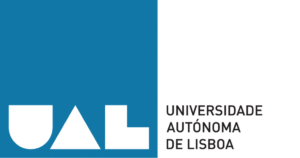“I am aware that in Portugal, an Artist becoming a writer is something new, which many may find strange; and this circumstance alone is enough to attract many censures upon me, all of which I despise in advance; because I do not expect them from those who are capable of surpassing me.” Joaquim Machado de Castro
This Colloquium is part of the program commemorating the bicentenary of the death of the sculptor Joaquim Machado de Castro, resulting from a partnership signed by the Department of History, Arts and Humanities of the Autonomous University of Lisbon, the National Academy of Fine Arts and the Institute of History of Art at the Faculty of Social and Human Sciences at Universidade Nova de Lisboa.
The elected title Machado de Castro: Artist – Writer, indicates the defining axis of the priorities established for the event, highlighting the importance of the sculptor's literary work as a characterizing – and differentiating – element of the respective intellectual and artistic itinerary, and as a militant in the causes of freedom of creation and in defense of the social status of the sculptor.
From the set of texts edited by the master of the equestrian statue to D. José I, the Analytical Description… is the title that stands out, bringing together the essentials about his thinking as a sculptor and, simultaneously, researcher in the artistic matters of his time, representing, in its approximately 400 pages as a whole, the most complete literary work on the subject.
Despite constituting a treatise of unique expression in contemporary artistic theory, its publication in 1810, by Imprensa Régia, had no impact on international literature, a situation largely due to the fact that it was never translated into languages of greater circulation.
This widespread lack of knowledge motivated us to promote its translation into English, within the scope of the line of research Urban Planning and Public Monuments (CICH-UAL).
THE Machado de Castro International Colloquium: Artist – Writer, is the right moment for the launch of the aforementioned translation, providing a new horizon of international recognition for the artist and his most significant literary work which, from now on, will be made available to a global audience, more suited to a complete critical understanding of the respective meaning in the specific context of the Enlightenment and the decline of Absolutism.
The colloquium celebrating the anniversary, however, sought to go further, bringing together more than two dozen experts, spread over two days, across the following modules:
- A Analytical Description: meaning in the context of the artistic culture of his time.
– Machado de Castro's sculptural work: conservation and restoration projects
– Genealogy and Social Context: family structure of Machado de Castro
– Wood sculpture: circuits, practices and survivals
– Teaching and practicing sculpture: the drawing collection from the Sculpture Classes in Mafra and Lisbon.
The Colloquium will close with a round table, bringing together artists, art historians and Heritage conservation specialists under the theme: Public Monuments: Present and Future.
The aforementioned commemorative program also includes an exhibition relating to the drawings of the Mafra and Lisbon Sculpture Classes and an edition plan that will be presented at the end of the Colloquium.
Natália Correia Guedes
President of the National Academy of Fine Arts
Vitor Serrão
Vice-president of the National Academy of Fine Arts, Professor Emeritus at the University of Lisbon and ARTIS – FLUL Researcher
Alexandra Curvelo
Full Professor at NOVA FCSH, Director of the Institute of History of Art (IHA-NOVA FCSH / IN2PAST)
Miguel Figueira de Faria
Full Professor at the Autonomous University of Lisbon and Researcher IHA-NOVA FCSH / IN2PAST
Lisbon, November 3, 2023
9:00 am – Reception of participants
9:30 am – Opening session
President of the National Academy of Fine Arts;
Vice-president of the National Academy of Fine Arts
Miguel Figueira de Faria, Full Professor at the Autonomous University of Lisbon; IHA- NOVA FCSH/IN2PAST
Alexandra Curvelo, Full Professor at NOVA FCSH, Director of the Institute of Art History (IHA– NOVA FCSH / IN2PAST)
10:00 am – Opening conference
The city and the monument, Gonçalo Byrne | ANBA
I PANEL | 10:30am-1:00pm
THE Analytical Description: meaning in the context of European artistic culture
Moderation: CHARLOTTE CHASTEL-ROUSSEAU | LOUVRE MUSEUM
Machado de Castro and the Analytical Description: the artist and the right to publishing at the end of the Old Regime
Miguel Figueira de Faria | DHAH-UAL / IHA- NOVA FCSH / IN2PAST
Close and distant reading of François Lemées Traité des Statuës (Paris 1688): on the advantages of a critical annotated hybrid text edition.
Hendrik Ziegler | Philipps-Universität Marburg, Kunstgeschichtliches Institut.
11:30 am – Coffee break
Antonio Canova (1757-1822), Bourbon archeology and academic debate on the equestrian statue “all'antica” in ca. 1810-1830 between Rome, Lisbon, Naples and Madrid.
Sabina de Cavi | IHA-NOVA FCSH / IN2PAST
Translation as an act of communicating: the translation of Analytical Description (2023) by Machado de Castro.
Josiah Blackmore | Harvard University.
12:30 pm – Debate
II PANEL | 3pm-4pm
Machado de Castro's sculptural work: conservation and restoration projects
Moderation: António Candeias | EU / Hercules Laboratory
Monument to D. José I, in Lisbon. Notes on conservation and restoration work.
José Delgado Rodrigues | Geologist, consultant
Notes on the conservation and restoration intervention of the Equestrian Statue of D. José I.
Nuno Proença | NC Restoration
Machado de Castro: sculptures from Quinta Real de Caxias: recovery, restoration and replication.
Carlos Beloto | Restoration consultant
A study attributed to Machado de Castro: from analysis to its preservation!
Marta Frade | FBAUL
4:20 pm – Debate
4:40 pm – Coffee break
III PANEL | 17:00
Analytical Description of the Execution of the Equestrian Statue of D. José I, by Machado de Castro
Presentation of the English translation project and e-book
Miguel Figueira de Faria | DHAH-UAL / IHA-NOVA FCSH / IN2PAST
Charlotte Chastel-Rousseau | Louvre Museum
Patrícia Telles | CEAACP-UC
Mick Greer | CEAUL
IV PANEL | 9:00-10:00
Genealogy and social context: family structure of Machado de Castro
Moderation: Sandra Costa Saldanha |FLUC / CHSC-UC
Machado de Castro's social cartography around Lisbon (1745-1758): urban mobility, career and family
Juliano Gomes | CICH-UAL and Patrícia Merlo | UFES/DIAITA-UC
Inheritances, tenancies, pensions and benefits of the descendants of Joaquim Machado de Castro or the attempt to imprison the heiress Mariana Perpétua de Castro e Sousa
Madalena Romão Mira | CICH-UAL
9:40 am – Debate
Presentation of the 2023-2024 editions program, Miguel Figueira de Faria | DHAH-UAL / IHA-NOVA FCSH / IN2PAST
10:15 am – Coffee break
V PANEL | 10:30am-12:30pm
Wood sculpture: circuits, practices and survivals
Moderation: Vítor Serrão | FLUL / IHA-ARTIS / ANBA
Devotional imagery in the work of Machado de Castro: from model to execution
Sandra Costa Saldanha | FLUC / CHSC-UC
Sculpture and religious carving in Lisbon in the 2nd half of the 18th century – a historical and documentary synthesis
Rui Manuel Mesquita Mendes | ARTIS-FLUL
11:30 am – Coffee break
The Machado de Castro School in the reconstruction of Lisbon Cathedral
Ana Paula Figueiredo | DGPC
Reform of the University of Coimbra: models, workshops and interventions in the circle of Joaquim Machado de Castro
Diogo Lemos | CHSC-UC
12:40 pm – Debate
VI PANEL | 2:30pm-3:30pm
Teaching and practicing sculpture: the drawing collection from the Mafra and Lisbon Sculpture Classes
MODERATION: MIGUEL FIGUEIRA DE FARIA | DHAH-UAL / IHA- NOVA FCSH / IN2PAST
Classical statuary in artistic training
Luísa Arruda | CIEBA-FBAUL and Alberto Faria | CIEBA-FBAUL
The practice of drawing in the Mafra Sculpture Class
Sandra Costa Saldanha | FLUC / CHSC-UC
Sculpture design in the collection of the National Museum of Ancient Art
Alexandra Gomes Markl | MNAA
The exercise of drawing: the estate of Joaquim Machado de Castro at the National Academy of Fine Arts
Andreia Cunha da Silva | ANBA
4:30 pm – Debate
5pm – Coffee break
Round Table | 17:20-18:00
Public Monuments: Present and Future
Moderation: João Pacheco, journalist
Fernanda Fragateiro | Gonçalo Byrne | João Duarte | Miguel Figueira de Faria | Sandra Leandro | Teresa Veiga de Macedo | Vitor Serrão
Closing | 6:00 p.m.
Miguel Figueira de Faria
Starting from the comment by José-Augusto França who considered the Analytical Description… “a book of memories” we will begin our communication with a review of the historiography of the work. Secondly, we will analyze the construction of the narrative of the Analytical Description…seeking to identify its references and originalities, placing special emphasis on the relationship with the contemporary work of Jacques Sally. Finally, we will highlight the accidents and constraints of editing the Analytical Description… (Imprensa Regia, 1810), highlighting the importance and significance for an artist of having access to the printing of their ideas in the context of their time.
Hendrik Ziegler
In light of the completion of the English translation of Machado de Castro's treatise, originally published in 1810, it is worth looking at other similar projects. Diane H. Bodart (Columbia University, New York) and I (Philipps-Universität, Marburg) published in 2012 a hybrid edition of Traité des Statuës by the French jurist François Lemée, from 1688. The French text and the extensive commentaries in French and German are available in a printed book in two volumes and online, upon payment in https://asw-verlage.de/Lemee/?response=—
Lemée's treatise is one of the most important writings to justify the installation of statues of rulers in public urban spaces in the early modern period. The in-depth research we carried out with a group of German and French students leads to a careful reading, a penetration of the source down to the last detail. But, at the same time, the enrichment and normalization on the Internet make a distant reading possible: in other words, a distanced global vision with the aim of analyzing phenomena that transcend the text and that are possibly typical of the time. In effect, Lemée's treatise becomes more easily comparable to the long series of similar writings by Paleotti (1582) and Borboni (1661), through Patte (1765) and Lubersac (1775) up to Machado de Castro.
Sabina Cavi
In this communication, I will analyze the urban and sculptural project of Piazza Plebiscit in Naples, focusing on the equestrian statues of Charles III of Bourbon (1716-1788) and Ferdinand I of the Two Sicilies (1751-1825), by Antonio Canova and Antonio Calì, from the first ideas to the complex practical aspects of its final installation in 1829.
I will consider them in the light of Analytical description (1810) by Joaquim Machado de Castro, Canova's workshop practice and archaeological commitment, and the academic debate on the classical equestrian statue in Rome, Lisbon, Naples and Inca Madrid.1800-1830.
Josiah Blackmore
This intervention aims to make some comments based on a challenge that was posed to us. In other words, think about the work “Analytic description of the execution of the equestrian statue erected in Lisbon to the glory of the Lord King Fidelissimo D. José I” (1810) by sculptor Joaquim Machado de Castro from its original translation into English. In this sense, it is interesting to think about the sculptor's work – now accessible to a more varied audience than the conventional circuits of readers of the Portuguese language – as an integral part of a coeval international literature and which, however, the obstacles implied by the language, but not only, also due to the distinct implications of symbolic domination that placed Portugal in a peripheral geopolitical position in Western Europe, have delayed its appearance in the international historiographic debate on the History of Art.
It is interesting, however, to think about Machado de Castro's work from the perspective of its originality and the author's effort to appear so current and connected to the vast European literature with which he dialogues exhaustively. Also considering how the sculptor's pedagogical effort and its illustrated component are manifested not only in the constant scrutiny of the information collected, but also in the effort to translate texts into different languages to facilitate knowledge for a more diverse circle of readers. In other words, even Machado de Castro at the end of the 18th century – when he mentions having finished writing the aforementioned work – understood the translation effort essential to the act of communicating. It is also in this sense that it is necessary to think about the translation effort made by this team in terms of its objective and the audience to which it intends to communicate.
José Delgado Rodrigues
The monument to D. José I, located in Terreiro do Paço, in Lisbon, consists of an imposing equestrian statue of the honoree resting on an elegant stone masonry pedestal flanked by two sculptural sets of large proportions and a delicate artistic outline. The statue is made of a copper alloy, technically known as admiralty brass, an alloy widely used in naval construction and known for its high performance in aggressive marine environments. The pedestal and the adjacent sculptural groups are made of excellent quality and first choice Lioz stone, showing the great care with which the sculptor chose the materials he used.
Metallic materials presented widespread corrosion phenomena, some of which were evolving, along with widespread coverage of copper alloy alteration products. The stone surfaces showed phenomena of dissolution by rainwater and some manifestations of dirt, namely black crusts and stains of copper compounds. The stone was in a very good state of conservation, but several fractures were present, some with appreciable development, which were found to be due to phenomena of corrosion of multiple metallic elements used during construction to connect the huge blocks that make up the building. pedestal.
The conservation intervention took place in 2012-2013, having been coordinated and financed by the World Monuments Fund Portugal Association, under the supervision of the Lisbon City Council and the General Directorate of Cultural Heritage, with the actions being carried out by Nova Conservação, Lda.
The presentation describes and characterizes the existing problems and illustrates the main conservation actions implemented.
Nuno Proença
Between 2012 and 2013, the company Nova Conservação carried out a conservation and restoration intervention on the Equestrian Statue of D. José I, a monument designed by the sculptor Joaquim Machado de Castro and created by Lieutenant General Bartolomeu da Costa. This project took place following a protocol signed by the World Monuments Fund Portugal (WMF-P) with the Guardianship – Lisbon City Council and the Regional Directorate of Cultural Heritage. This communication aims to address, holistically, the complexity of this intervention.
The project included an initial phase of study, essential for the continuation of the following phases of work and integral to the “documentary” conservation of the object, and which included: the material characterization and the main phenomena of degradation and alteration present; the architectural and photographic survey of the monument; structural inspections; and the collection of historical, artistic and technological information in archives and in the field. Based on this basis, methodologies and conservation actions were defined and refined, carried out by a specialized conservation and restoration team, with the aim of: a) stabilizing metallic and stone materials and minimizing natural degradation processes, particularly accentuated in metallic alloys due to exposure to marine aerosol; and b) favor the reading and enjoyment of the monument from a material, technological, aesthetic and imagery point of view. The involvement of a multidisciplinary team of exact and humanistic sciences and regular discussion with the Scientific Committee of WMF-P and Tutela was decisive in the decision-making made.
This communication, 10 years after the intervention, will also allow us to add a new perspective on how the conservative results, achieved then, have been (or not) maintained over time, and on the importance of carrying out maintenance actions in preserving cultural heritage.
Carlos Beloto
The chronology of Machado de Castro's sculptures is presented, covering the arrival dates of the sculptures and some setbacks encountered with the arrival of the pieces at Quinta Real de Caxias.
The restoration and replication of the Quinta’s sculptures are discussed.
Marta Frade
The sculpture reserve at the Faculty of Fine Arts of the University of Lisbon holds some works by Machado de Castro. Others, studies or sketches, are attributed to this great sculptor, but without certainty.
The study under analysis showed a stain of iron oxides on the surface, which led us to question the existence of an internal structure, when the size of the sculpture itself did not require it.
In this way, several examinations and analyzes began to understand that degradation, but at the same time this material study began to contribute, not only to its conservation, but also to complement and/or enrich a database that can go hand in hand. with the history of Art, help in attributing works to their authors.
The final objective of this investigation is to build a database of the original material that we can, in the future, use to cross-reference information on sculptures by Machado de Castro, which are under study and are uncertain whether they are actually attributed to the sculptor.
Thus the conservator-restorer shows how much conservation and restoration is found in a very broad spectrum in the expanded field of Arts, taking its study from history, through its production to its preservation.
Juliano Gomes and Patrícia Melro
Our intervention proposes to compare the autobiographical narrative – in this case, of the sculptor Joaquim Machado de Castro (1731-1822) – with the individual's social trajectory. The seduction by the projection of a romantic speech that reveals the successful destiny and unusual talent of a genius stands out in the self-representation that Machado de Castro tried to project about his past, when he was already a prominent figure in Portuguese court society. In the absence of more detailed data than those presented by the sculptor and his entourage, the narrative he fabricated seems to captivate with a common landscape in the history of national figures due to their unique trajectory. However, our effort here will make use of alternative sources to those that have been studied about the character so far. Through different types of parish records we seek to retrace the social journey of Machado de Castro in his first stop in Lisbon (1745-1758). If at first, family traumas led to decision-making for the process of migrating young Machado de Castro from Coimbra to Lisbon, it was the action of chance and family, again, that led him to leave Lisbon and seek refuge in Mafra . We found no evidence that there was a conscious and cautious projection of such a destiny. On the contrary, it seems to have been the attempt at damage control and the contingency of actions in the face of the unpredictable, the central elements in mobilizing an individual of Machado de Castro's social condition, in an attempt to organize a repositioning of his professional career in an unfavorable and marked by many personal difficulties.
Although the documentation allows us to map the geographic mobility and aspects of the individual's social life in an imprecise and incomplete manner, these traces provide elements that reveal silences and a randomness of chance that, as we propose to evaluate, differ from the conventional biography fabricated by the character. We believe that, based on this effort to revisit this little-known period in the sculptor's career, we can suggest a site that could be the subject of other investigations in a process of knowledge of the past that is always undergoing renewal.
Madalena Romão Mira
This micro-history note is based on Ana Paula Tudela's investigation into JMC's ancestry and descendants, providing new elements in both contexts.
Due to the various funds received throughout his life, which led to an attempt to place one of his daughters in a convent, the daughters' always assumed precarious financial situation is questioned, and the tense relationship between the sculptor and the organist brother, António Machado e Cerveira.
Rui Manuel Mesquita Mendes
The construction of new temples (churches, hermitages and private chapels) and the reconstruction of existing ones in Lisbon, following the Great Earthquake of November 1, 1755, introduced a reform in religious artistic taste.
If, in relation to “constructive architecture”, we can, in some way, speak of a continuity of style from previous decades, the same does not seem to have happened in relation to “imaginary architecture”, particularly in the context of altarpieces and, to a lesser extent , of sculpture, where the introduction of multiple and distinct influences into a type of aggiornamento of taste and decorative forms, applied to the liturgical space.
The late and refined models of the Johannine baroque, known in a generic way, although chronologically limiting, as “Pombaline religious architecture”, tended to last and remain well beyond this period in the construction programs of the city's religious buildings, constituting, our see, one of the longest known stylistic periods – almost 150 years –, in Lisbon's religious architecture, of which a seminal example, although very troubled, is the Church of São Mamede rebuilt in 1924, after a fire, still in accordance with formalism architecture from the second half of the 18th century.
Regarding the architecture and religious painting of the Pombaline period, the chronologies and main authors are known, although with some gaps, admittedly, given at times in the «Collection of memories» by Cyrillo Volkmar Machado (1823), now in the «Description of sacred monuments of Lisbon» by Luiz Gonzaga Pereira (1840), and later expanded by the inescapable Sousa Viterbo, especially in the works «Historical and documentary dictionary of Portuguese architects, engineers and builders...» (1899) and «News from some Portuguese painters...» (1903); and by some works of contemporary olissipography and in more recent academic studies.
Regarding sculpture and carving, the scene is much less exuberant, despite the main sculptors of this period, such as: – Francisco Xavier (Inácio?), Francisco António and António Machado, disciples of José de Almeida; – Manuel Vieira and his disciple António dos Santos Cruz; – Nicolau Pinto; or the unavoidable ones – Alessandro Giusti and his various students; – Joaquim José de Barros Laborão and his master João Paulo; and our honoree – Joaquim Machado de Castro and his disciples; are worthy of mention and sometimes wide praise for Cyrillo.
Volkmar Machado also mentions, albeit briefly, two carvers: – Félix Vicente de Almeida, «famous Architect, and Carver of the Casa Real», brother of the sculptor José de Almeida, «son-in-law of Ignácio de Oliveira (Bernardes), and brother-in-law by Silvestre de Faria (Lobo, act. 1745-1800), also Entelhador, and Architect, disciple of Frederico” (Machado, 1823: 205); in what was followed by Canon Joaquim Maria Pereira Botto, in the work «Promptuario analytico dos carros nobles da Casa Real Portuguêsa e das charruagens de gala» (1909), but both omit three others close to Silvestre de Faria, his brother Matias José de Faria (act. 1747-1814), carver at the Casa do Infantado and the Priorado do Crato; his disciple António Ângelo, who succeeds him as carver at the Casa do Infantado and Casa Real; and his compadre and son-in-law of the well-known tile master Teotónio dos Santos, the architect and carver Joaquim José dos Reis (1725-1804), who is known to have held the position of master builder at the Real Colégio dos Nobres in Lisbon and who we recently identified as author of the design and plan of the Church of Monte de Caparica (Almada) (1773).
Matias José, António Ângelo and Joaquim José are not, however, the only carvers active in Lisbon in the second half of the 18th century to go unnoticed in the reports of the time, the same happened with names such as: – António José de Matos; – António Nunes Colares; – Caetano Jacques; Francisco António (from Araújo?); – Francisco Martins da Silva; – Joaquim José dos Reis; – José de Abreu do Ó; – José António Lisboa; – José Bernardo da Luz; – Luís António do Rego; – Manuel da Silva Moreira; – – Paulo da Silva; and – Ricardo António Xavier.
In this communication we will seek to make a historical and documentary synthesis with hitherto unknown data and actors from the panorama of Sculpture and Religious Carving in Lisbon in the 2nd half of the 18th century, using documentary sources from the Mesa do Desembargo do Paço, the Notary Offices and of the Court of the Collection Vault (1768-1854).
Ana Paula Figueiredo
The Lisbon Cathedral contains several elements attributed or even signed by the master Joaquim Machado de Castro, including, obviously, the royal tombs of D. Afonso IV and D. Beatriz, the Nativity scene in the Chapel of São Bartolomeu and some large sculptures . We cannot put aside the idea that he may have collaborated in the design and conception of the organ cases by António Xavier Machado and Cerveira, helping to create the scenographic effect intended for the main chapel of the Cathedral. One certainty is that Machado de Castro created a sculpture school, with several disciples, limiting himself, in some cases, to awarding the work and handing over its execution to them. We intend, with this modest contribution, to publicize some of these anonymous masters.
Diogo Lemos
At the beginning of the 1770s, the University of Coimbra was accused of being out of step with European cultural reality and of perpetuating a teaching method monopolized by Aristotelian scholasticism and the outlawed members of the Society of Jesus, ultimately considered the main “enemies of the University and the lights ”.
As part of a gradual and ambitious project to renew teaching, Sebastião José de Carvalho e Melo appointed D. Francisco de Lemos as Rector Reformer of the University (1772), paving the way for a profound change in everyday academic life, reflected in numerous requalification works. and reconfiguration of university circuits, inside and outside Paço das Escolas. A long process that extends, with significant changes yet to be understood, to the rectory of D. Francisco de Mendoça (1779-1785), under the so-called period of Turntable, would guarantee the capture of artists with links to the official and corporatist context of Joaquim Machado de Castro, such as Nicolau Vilela and António Machado. But not only.
Focusing on the artistic campaigns undertaken in the university space during the transition from the reign of D. José I to that of D. Maria I, in particular, in the Chapel of São Miguel, this communication aims to contribute to the framing of the activity of imaginary sculptors enrolled in Machado de Castro’s circle. Unfortunately ignored and relegated to anonymity, the names of Joaquim Bernardes – author of the four images of São Francisco Xavier, São Francisco de Borja, Santo Agostinho and São José – and José Veloso da Silva, an unknown sculptor whose authorship of the image, will be brought to the table. of Nossa Senhora da Conceição of the university chapel joins. In the same sense, the focus on the study of these works allows us to understand their commissioning context and their becoming iconographic, mirroring the political panorama of mediation and revocation of Pombaline provisions.
Luisa Arruda
The design of classical statuary as an essential vehicle for artistic training: formation of taste, understanding of the ideal proportions of the human body, the correct treatment of the head, learning of superficial anatomy, sense of decorum in attitudes. Statue drawing as a way of preparing for drawing a living model.
Drawings by Francisco de Holanda and the Book of Statues by Machado de Castro, two eras of drawing, other ways of understanding classical sculpture.
The importance of plaster collections in art schools and the complementarity of prints and books with images of classical statuary in art libraries
Statue drawings at the Academy and School of Fine Arts, from copying prints to statue drawings or ancient drawings.
Alexandra Reis Gomes Markl
Drawing fulfills a wide variety of functions depending on each sculptor's working method, from academic study contexts, to moments of reflection and quick study to capture an idea, to recording precision in the elaboration of a project to respond to a commission. or even as a memory reference. This intervention addresses the different Portuguese sculptors represented in the Drawing collection of the National Museum of Ancient Art and the different functions of drawing in sculpture.
Andreia Cunha da Silva
Two hundred years after the death of Joaquim Machado de Castro, the sculptor remains a reference in the art of sculpting and in the History of Art in Portugal. The purpose of this essay is to develop an assessment of existing drawings in the collection of the National Academy of Fine Arts, and to observe their (dis)similarities with the unpublished drawings attributed to the Sculpture Classes of Mafra and Lisbon, recently discovered, belonging to collectors private; equally associating them with the readings that the artist may have carried out.
speakers
speakers
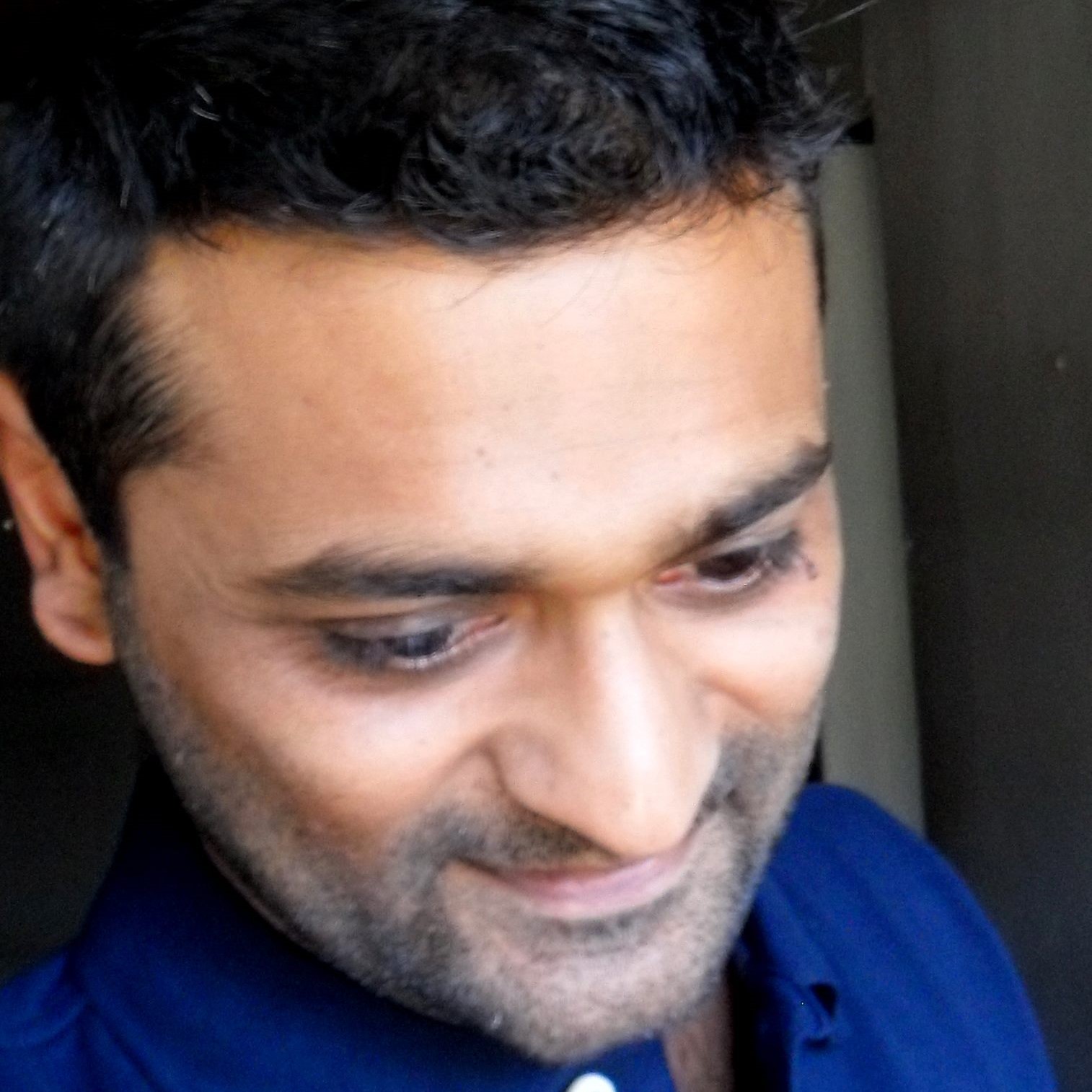
Alberto Faria

Alexandra Gomes Markl
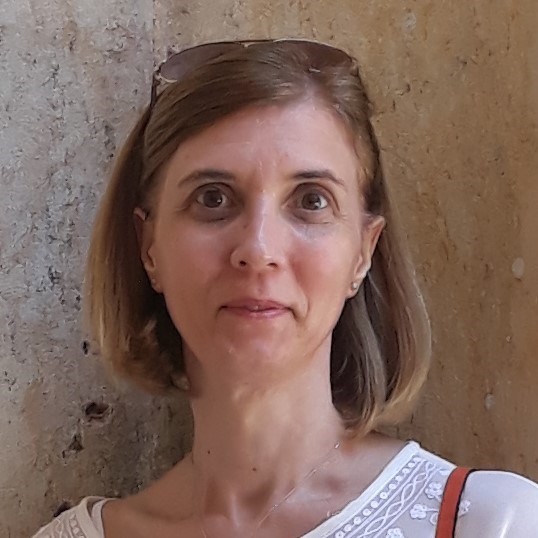
Andreia Cunha da Silva
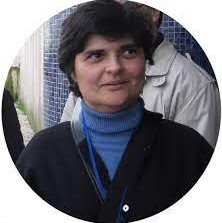
Ana Paula Figueiredo
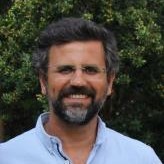
Antonio Candeias
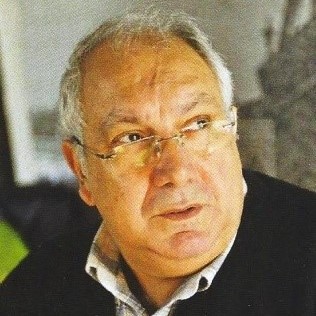
Carlos Beloto

Charlotte Chastel-Rousseau
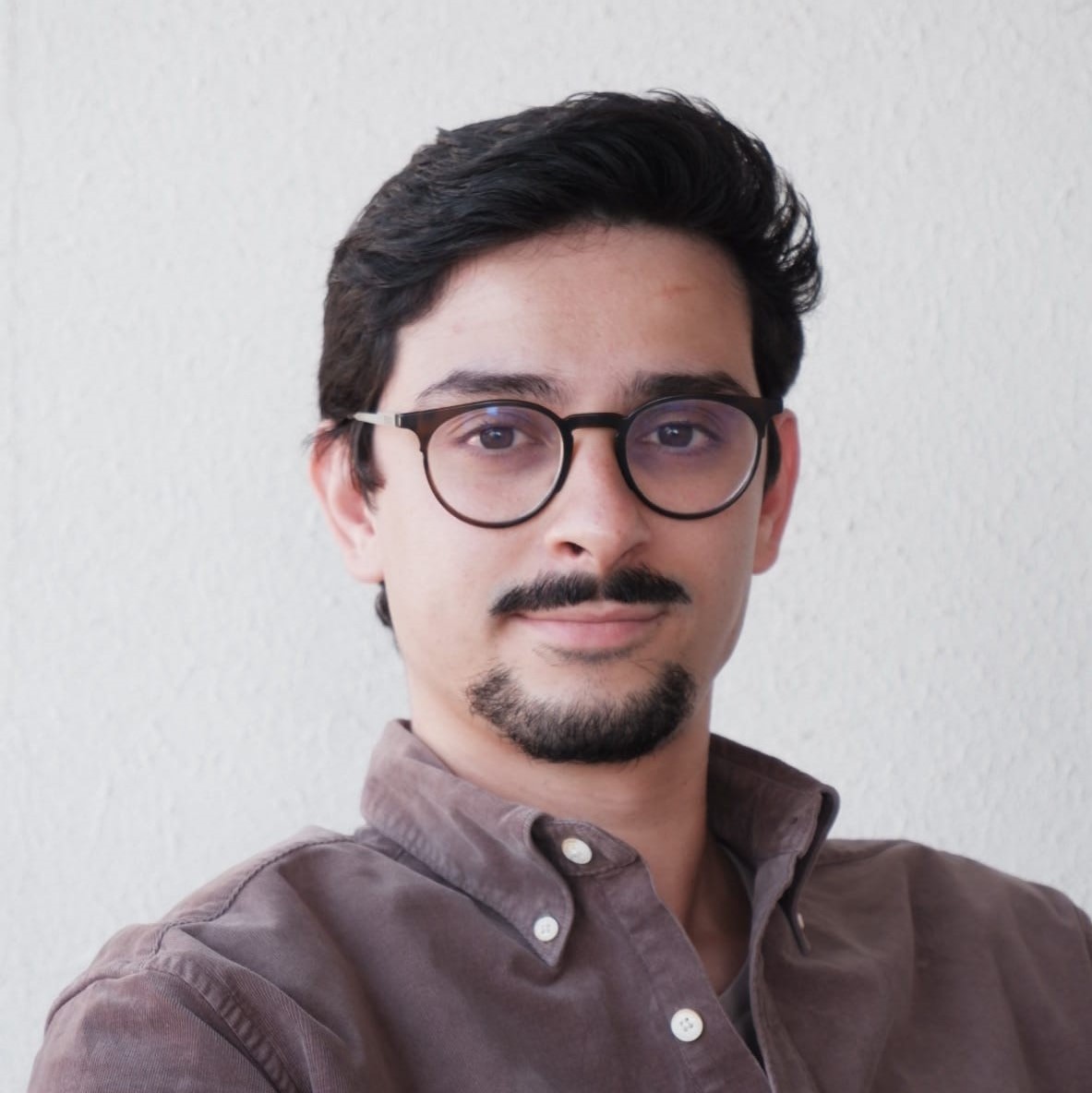
Diogo Lemos
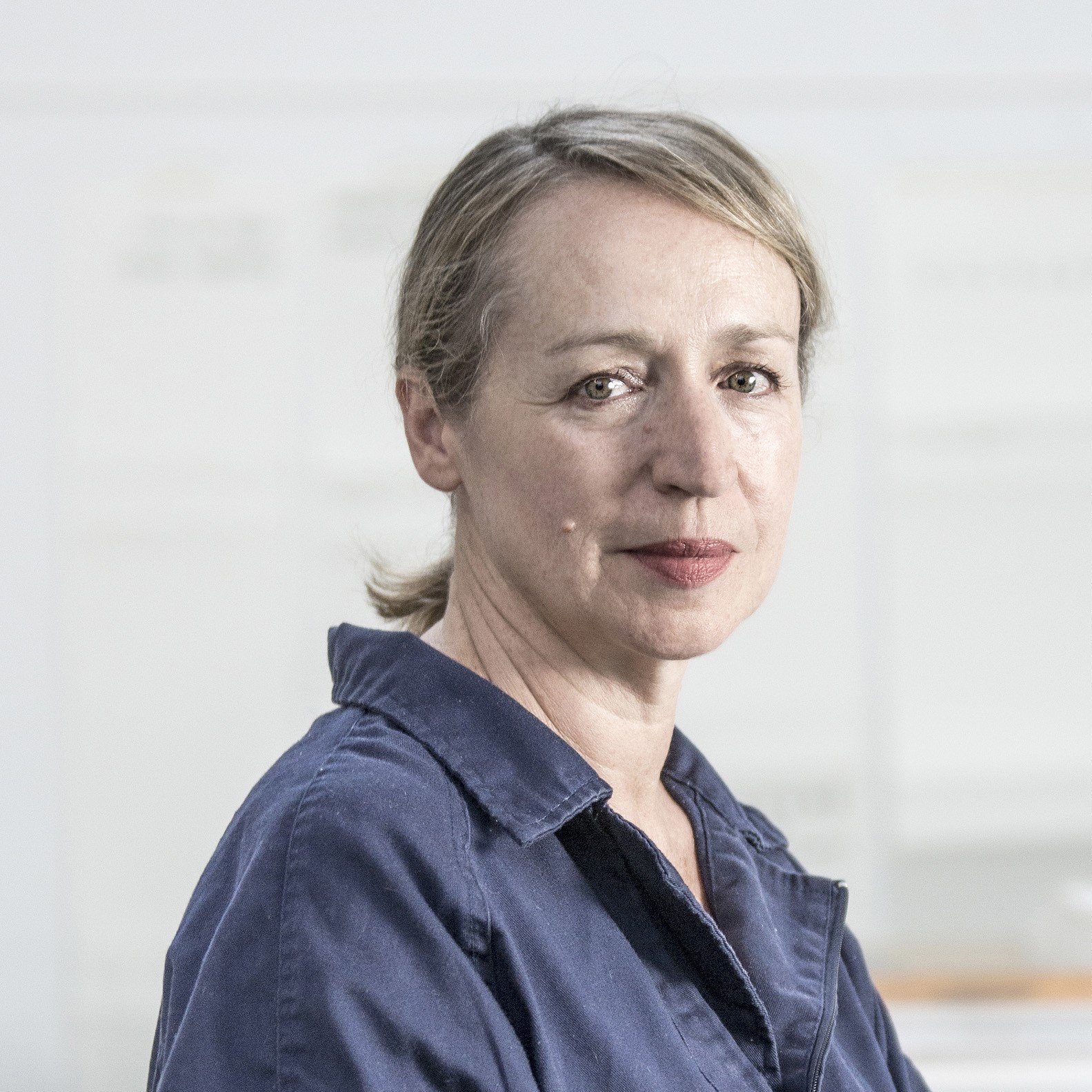
Fernanda Fragateiro

Gonçalo Byrne
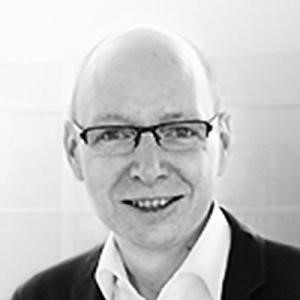
Hendrik Ziegler

João Duarte
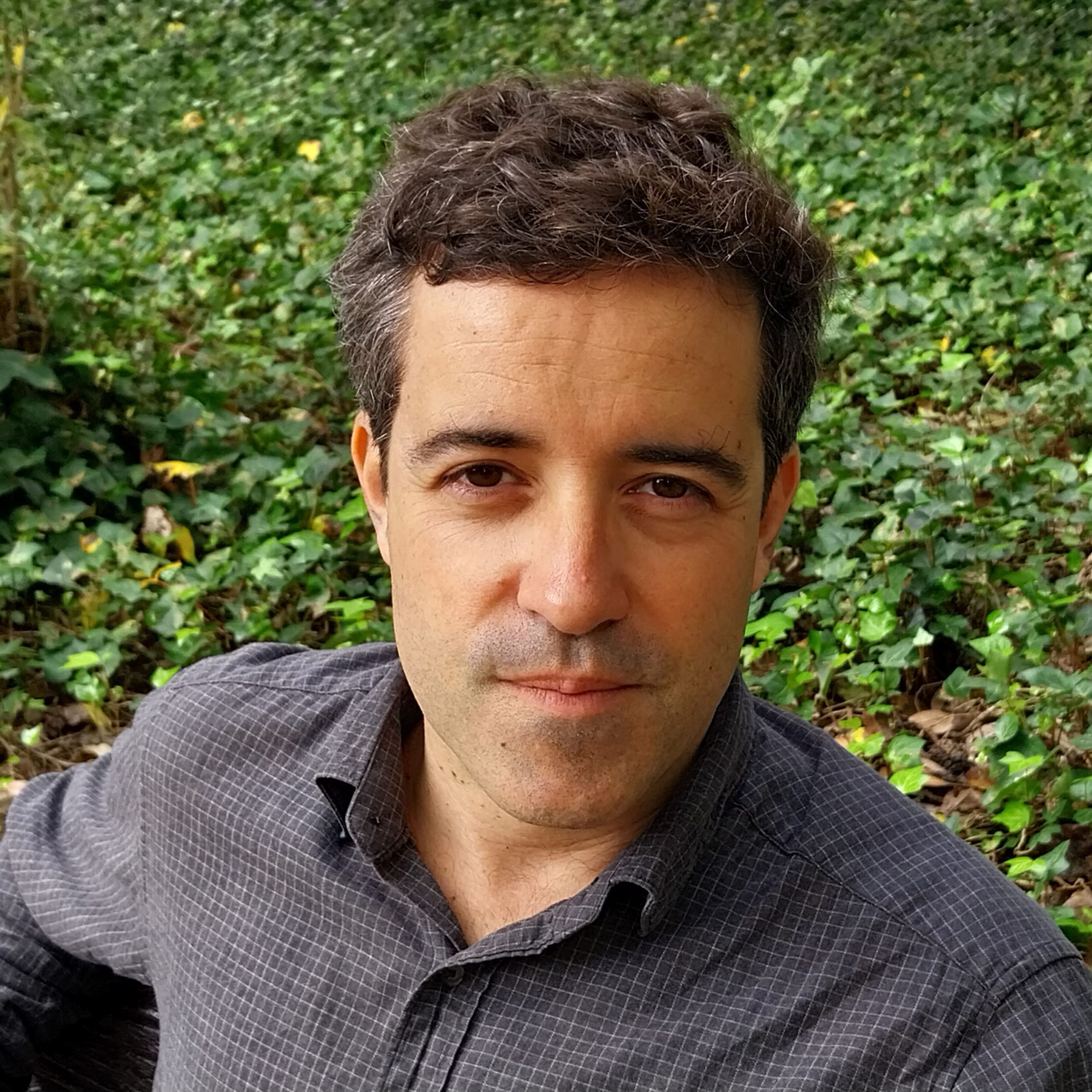
João Pacheco
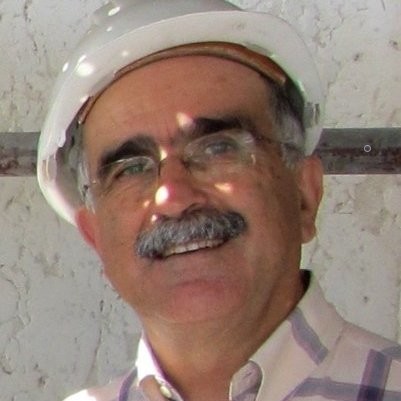
José Delgado Rodrigues

Josiah Blackmore

Juliano Gomes
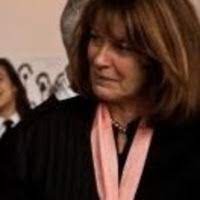
Luisa Arruda

Madalena Romão Mira
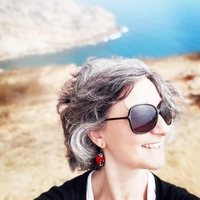
Marta Frade

Mick Greer
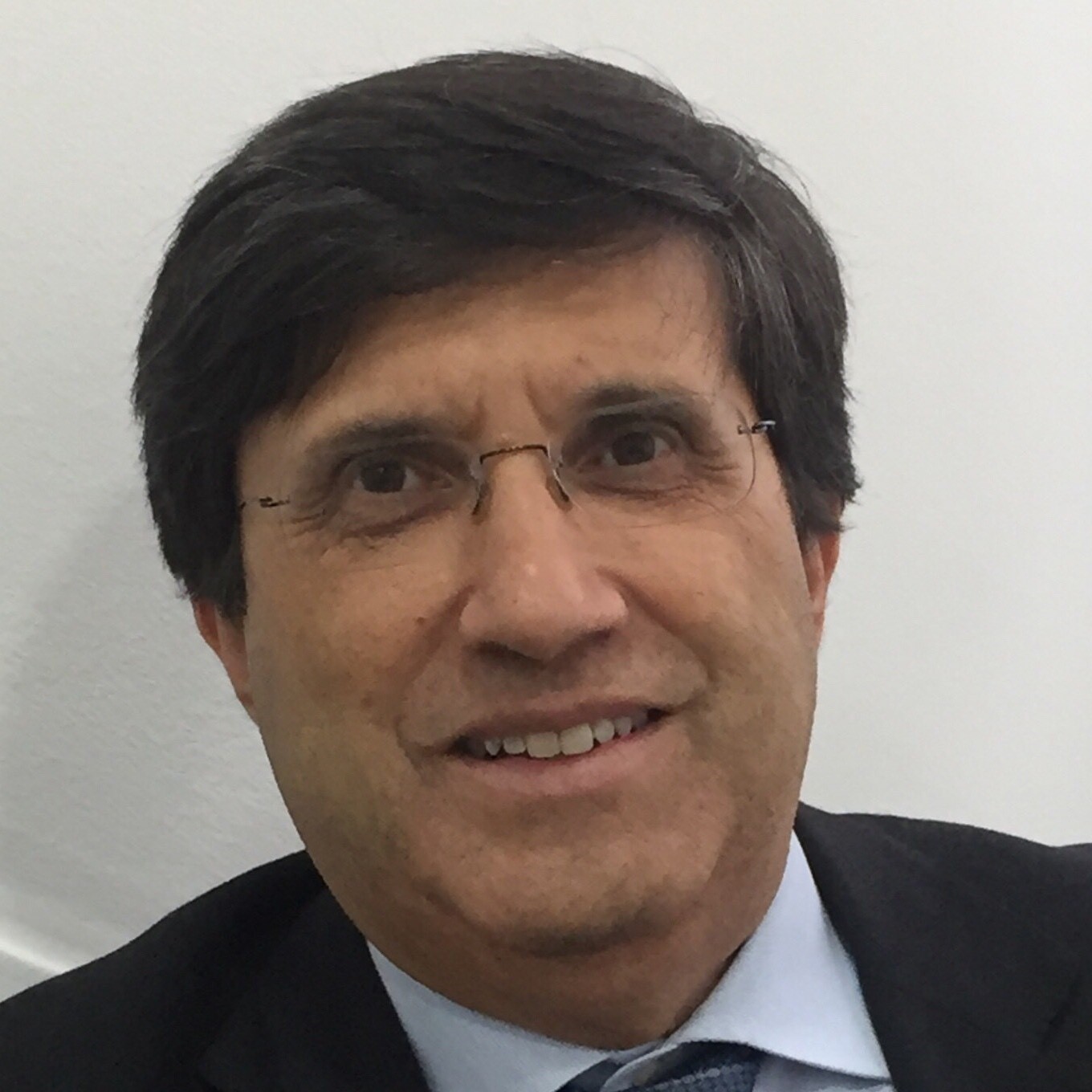
Miguel Figueira Faria

Nuno Proença

Patricia Merlo
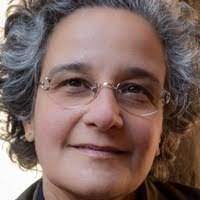
Patricia Telles

Rui Mesquita Mendes
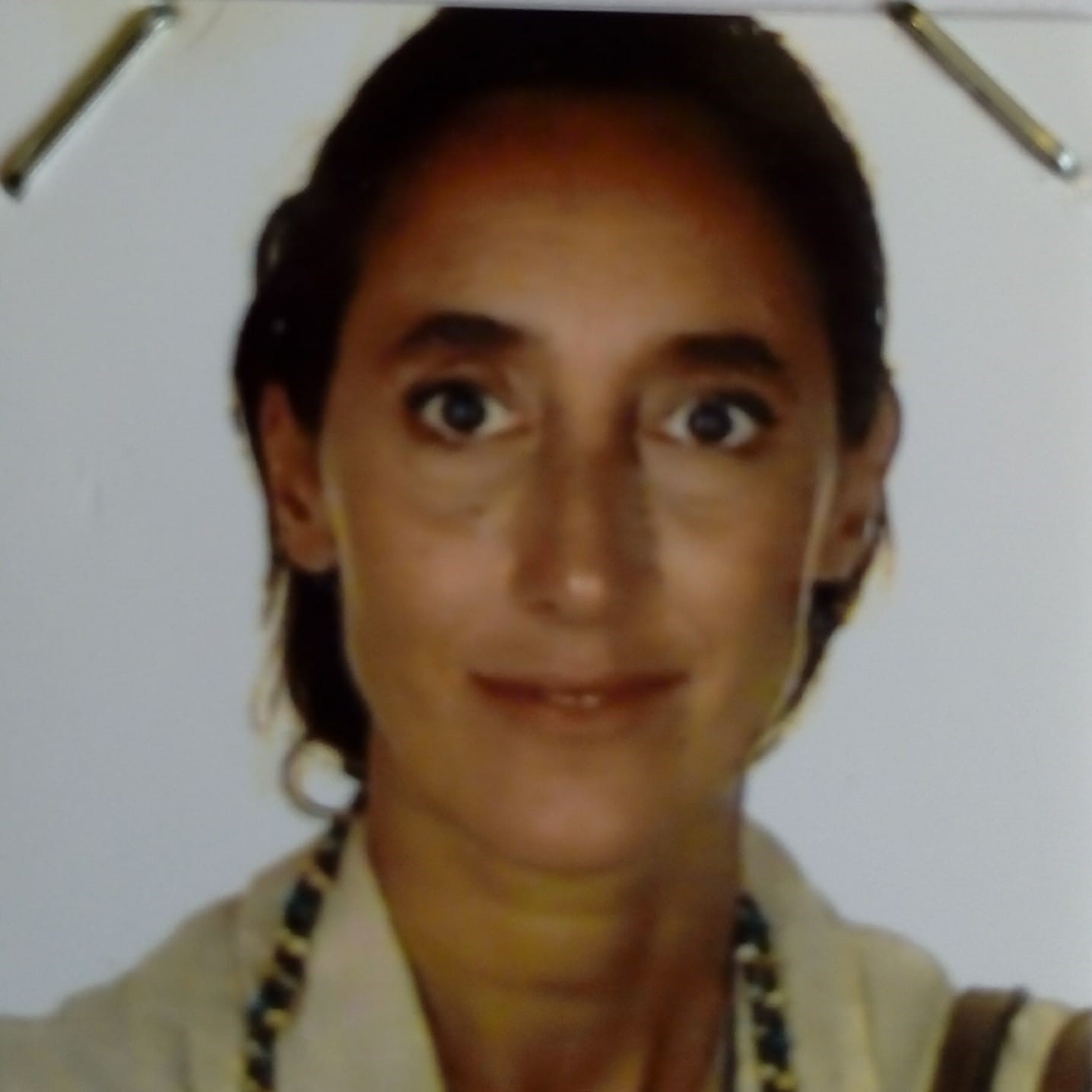
Sabina de Cavi

Sandra Costa Saldanha
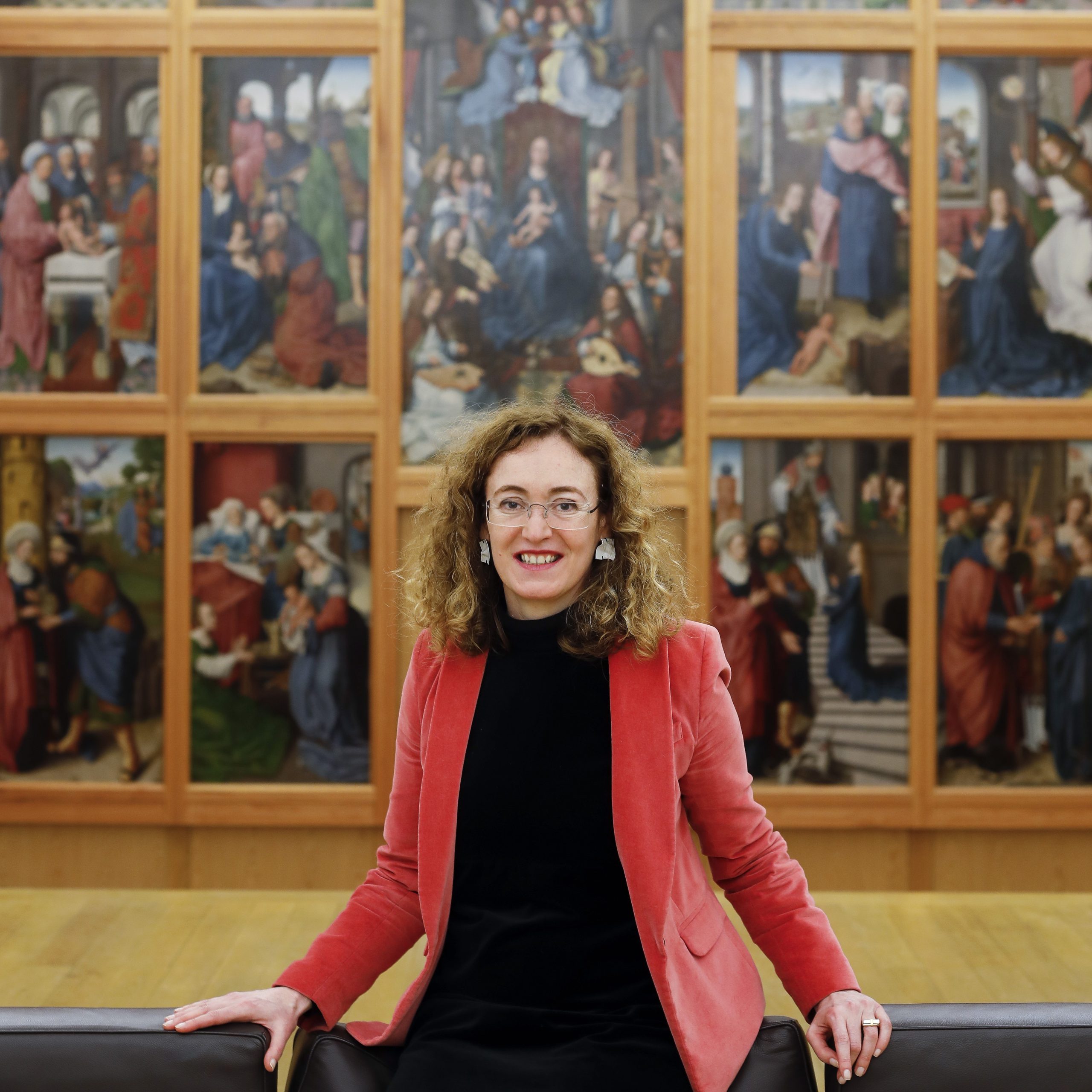
Sandra Leandro
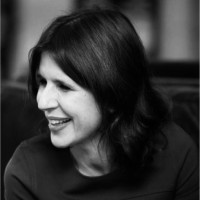
Teresa Veiga de Macedo

Vitor Serrão
Scientific commission:
Alexandra Curvelo da Silva Campos, IHA-NOVA FCSH / IN2PAST
Charlotte Chastel-Rousseau, Center Ledoux/ Musée du Louvre
Gonçalo de Vasconcelos e Sousa, EA-UCP/CITAR
Luísa Arruda, CIEBA and ANBA
Maria de Lurdes Craveiro, Machado de Castro National Museum
Maria João Neto, FLUL/IHA-Artis
Miguel Figueira de Faria, DHAH-UAL/ IHA-NOVA FCSH / IN2PAST
Patrícia Telles, CEAACP – University of Coimbra
Pedro Flor, UAb; IHA-NOVA FCSH / IN2PAST
Sandra Costa Saldanha, CHSC – University of Coimbra
Susana Varela Flor, IHA-NOVA FCSH / IN2PAST
Teresa Leonor Vale, ARTIS – FLUL
Vítor Serrão, ANBA
Executive comission:
Andrea Imaginario
Andreia Cunha da Silva
João Francisco Fialho
Juliano Gomes
Madalena Romão Mira
Nicoli Braga Macedo
